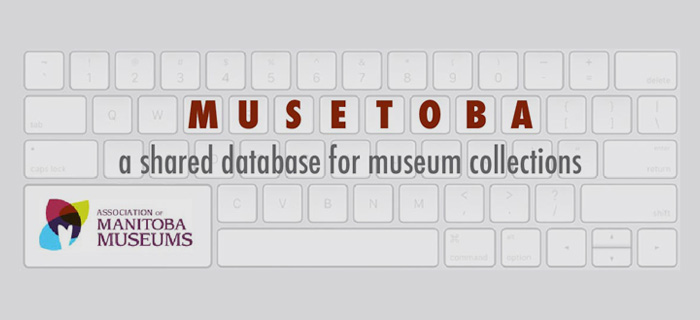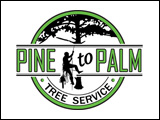For the last five years, as curator at the Mennonite Heritage Village (MHV), I have heard the rumblings of an impending migration. As the wide vista of 2022 opens before us, the migration is now imminent. Of course, Mennonite history is full of movement as people migrate from one country or continent to another, but this migration is different.
MHV has an artefact collection of 16,800 objects relating to the history of Russian-descendant Mennonites and each of these objects has a vast trail of data attached to it. The Great Mennonite Migration of 2022 is all about this data, which consists of all the information associated with an object including who donated it and when; what the object looks like and what its physical condition is; the history of the object and the people who made or owned it; and all the physical storage and exhibit locations the object has had throughout its time at the museum. We keep track of all this data (and much more) in a collections management system called “Virtual Collections.”
Virtual Collections was introduced at MHV in the early 2000s as the curatorial department moved from paper to digital records. It represented a vast improvement in MHV’s ability to record and keep track of the entire collection. Virtual Collections has served the museum well but, with time, it has become outdated. In addition, the software company announced in 2015 that they would no longer update it. Both factors left MHV’s artefact database in a precarious position.
In 2018 the Association of Manitoba Museums (AMM) began a major project to create a custom-built, accessible, and affordable collections management system for museums in Manitoba who were facing this problem. Five museums in Manitoba joined together in a working group led by the AMM to select the software and customized it for the project. The result was a new, web-based, collections database called “Musetoba.” Currently, Musetoba’s primary function is as a collections management system for in-house use in individual museums. In the future, however, this cooperative database will include a public website that will serve as a portal into the collections held in participating museums.
After several years of research, MHV decided to join Musetoba and signed an expression of interest during the first lockdown of the pandemic, in spring 2020, and began preparing for the project through large data cleaning campaigns. In summer 2021 MHV was formally accepted into Phase 2 of Musetoba and the work to prepare for the migration of our artefact database began in earnest. That fall, with funding from the Young Canada Works Building Careers in Heritage program, we were able to hire Kayliegh Penner to work on a full-time contract preparing Virtual Collections for migration to Musetoba. Since that time, the entire curatorial department has been gearing up for a very big – and very welcomed! – change.
This project to migrate our collections data to a new platform is very important in caring for MHV’s artefacts and we are thrilled to report that the migration is planned to begin in the coming days. Once MHV’s move to Musetoba is complete, we will resume accepting new items into the collection. We are excited for this big leap to Musetoba, both because it represents a major improvement upon Virtual Collections for our internal use, but also for the increased public accessibility it will bring for MHV’s collections in the future.




